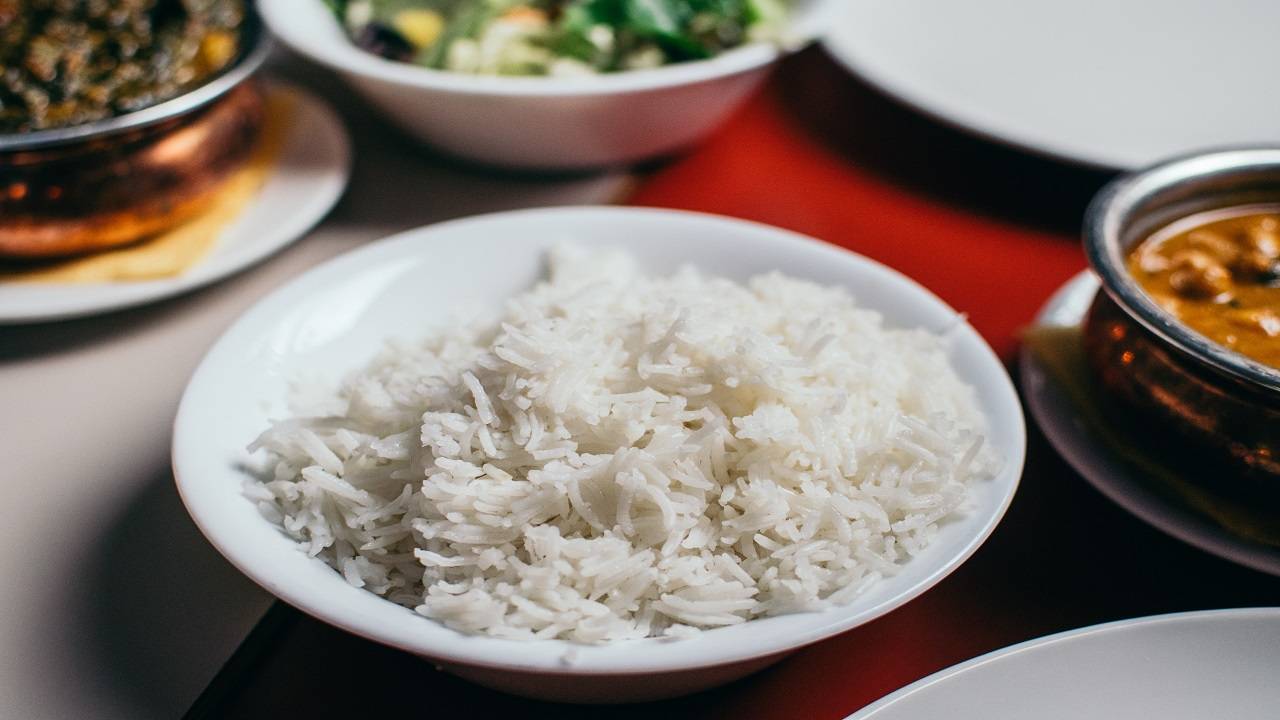
Basmati exporters are optimistic about achieving stable returns after the currency trade agreement between India and the UAE.
The agreement is expected to provide a boost to the Iran market through Dubai, reducing the risk of payment defaults. Iran holds significant importance as one of the top five destinations for Indian Basmati rice.
During the 2022-23 fiscal year, Basmati rice shipments increased to 4.56 million tonnes, with a total value of $4.79 billion, compared to 3.94 million tonnes in 2021-22.
Furthermore, the unit value realization from exports also rose, reaching $1,050 per tonne in the last year, up from $897 in 2021-22. However, Basmati prices were influenced by global uncertainties stemming from the Ukraine-Russia conflict and partial restrictions on the export of non-Basmati rice, including a ban on the broken variety and a 20 per cent duty on non-parboiled rice.
The currency trade agreement is expected to strengthen business ties with Iran significantly. Vijay Setia, a former All India Rice Exporters Association (AIREA) president, highlighted that the agreement will likely boost re-exports of Basmati to Iran from Dubai. Many Iranian businessmen based in the UAE prefer barter, and this agreement is anticipated to ease payment clearance issues.
The RBI and the UAE Central Bank will collaborate to establish a framework promoting the use of local currencies (rupee and dirham) for cross-border transactions, aiming to minimize fluctuations caused by dollar exchange rate changes. This move is especially crucial for the Basmati trade.
Vinod Kaul, the executive director of AIREA, believes that the agreement will make transactions more manageable, but further steps, such as selec.ting one or more banks, opening Vostro accounts, and setting up a corpus, need to be determined
In the 2022-23 period, India exported 315,313 tonnes of Basmati rice to the UAE and 998,879 tonnes to Iran.
















